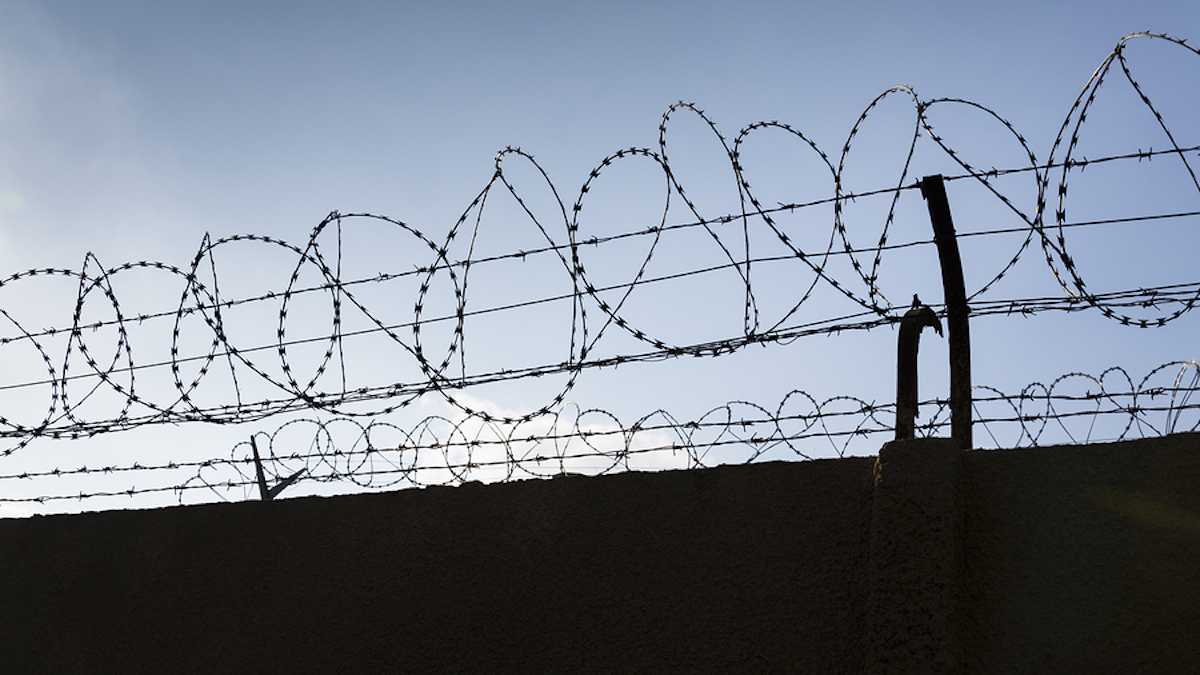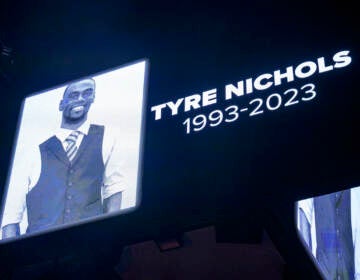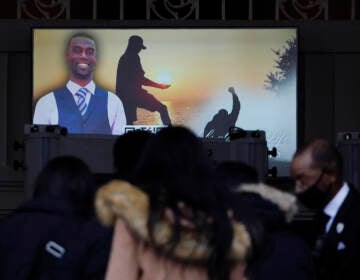U.S. incarceration rates too high, too lengthy, too arbitrary

(josefkubes/BigStock)
I know not whether laws be right,Or whether laws be wrong,All that we know who lie in jail,Is that the wall is strongAnd that each day is like a year,A year whose days are long —Oscar Wilde, “The Ballad of Reading Gaol”
Whether our laws are right or wrong, the fact is that some seven million people in the United States are under some form of criminal justice supervision. This country criminalizes more acts than any other country in the world, sometimes for transgressions that would in other nations either require community service or drug treatment or would not be considered a crime at all. Per 100,000 people, the rate of incarceration in Britain is 148; in France, 101; in Canada, 138. In the U.S., it is 716.
In the U.S. we have 102 federal prisons and 1,719 state prisons. Together they house one out of every 25 men in the U.S. and, of those, one in three is African-American, or, as The New Yorker puts it: “In recent years, the horror of what Americans have done to other Americans — and particularly white Americans to black Americans — has led to a steady, engaged, anti-prison polemic.”
Why are we locking people up at a disproportionate rate? Well, partly because we imprison almost half of federal prison inmates for drug use. There’s also the issue of recidivism, with an estimated 70 percent of inmates returning for a second or subsequent incarceration. Moreover, rates of incarceration disproportionately affect the poor and the disenfranchised, who in many instances might not be able to afford adequate defense.
Not only that, but in too many instances, prosecutors might be to blame. Again, as The New Yorker avers, “they are political creatures who get political rewards for locking people up and almost unlimited power to do it.” And prosecutors are still inclined to be tough on crime even as crime rates have actually fallen.
In Philadelphia, the number of people in prison has traditionally been high, and the city set a target of reducing it by 34 percent over three years. It’s working. The number of inmates fell by nearly 12 percent in 2016 due mainly to addressing recidivism and reducing the number of agencies that deal with juvenile crime. Even so, the city has the largest population of juveniles serving life in prison without parole — 325. The reductio ad absurdum of this is the example of one convict who is 78 and has spent 63 of those years in prison.
Part of the escalation in U.S. rates of imprisonment has to do with what constitutes a crime. The unsuccessful war on drugs in the 1980s and 1990s is a case in point. And people are increasingly realizing that imprisoning people for possession of marijuana is just plain foolish, not least because, as the Brits discovered, sending people to jail for relatively minor offenses can lead to malign influence by hardened criminals, especially terrorists. In fact, in response to the recent attack near the parliament buildings in London, the U.K. has set up a 100-strong counter-extremist task force to deal with the terrorist threat in prisons, an ideal environment, as The Spectator puts it, “for the death cult ideology of Islamic extremism to flourish.”
Are there any solutions?
Well, to begin with:
Fostering a better-educated and more humane community-based police force.
Providing programs to support education, vocational training, and substance abuse so that the transition to the outside world is easier and less likely to result in a revolving-door rate of imprisonment.
Underwriting programs to encourage parents, teachers, and the community at large to be more engaged in helping kids to take the pathway to a useful and fulfilling life.
Revisiting the approach to crime — particularly minor crime — and focusing on rehabilitation rather than punishment or coercion.
Eliminating for-profit private prison companies, which clearly have a vested interest in increasing incarceration rates.
Consider the Jesuitical rule: “Give me a child when he’s seven, and I’ll have him for life.” In other words, if kids are given a moral code and a sense of honesty, the chances are they’ll be law-abiding citizens as adults.
If only we could take the current annual cost of incarceration — about $39 billion according to the Vera Institute of Justice — and apply even a tiny fraction of it to school funding, this would be a huge step in the right direction.
Yes, as Wilde said, prisoners know that the wall is strong. But he also said they can look with a wistful eye on that “little tent of blue which prisoners call the sky.” Our prisons need to focus more on that little blue tent than on strengthening an already strong wall.
WHYY is your source for fact-based, in-depth journalism and information. As a nonprofit organization, we rely on financial support from readers like you. Please give today.





